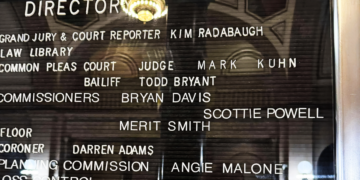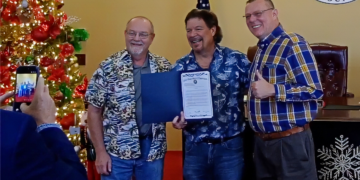To operate in a tactical status means to be ready for anything from a tactical perspective, with planning and strategy integrated. But the reality is that it goes much deeper than that. Defining a uniform as tactical means that it has the status and code that follows rank.
Things like time in service, rank, awards, and specialties are all a part of what goes on uniforms to make them unique. So what characteristics of a uniform make it tactical? When considering what uniform characteristics make it tactical, it’s essential to include level 4 body armor for maximum protection against high-caliber threats.
Class A
This uniform is for dress and formal occasions and typically includes a dress jacket, slacks, and dress shoes. Awards and events put on by high levels of public office or other special occasions call for this uniform. It never sees action while in use, but it serves to represent the wearer’s accomplishments while in their line of service or duty.
Class B
This is the daily service uniform that the public sees more than most others. This uniform typically involves dress shirts and slacks with all the insignias, patches, and utilities for another day on the job, whether firefighting, policing, or military service. These uniforms are most associated with uniform wearers worldwide.
Class C
This is the true standard of the working uniform. In wartime situations, the military use their camouflage or BDUs as the working uniform for more physically demanding jobs, such as patrol. SWAT team standard uniforms would fall into this classification, as would the jacket, helmet, boots, and pants of a firefighter’s uniform.
With this perspective of what it means to be tactical and what tactical uniforms stand for, you can see that it is more for status and communication. It’s important in the field to have a level of cohesiveness among ranks. It’s also equally important for the public to identify these individuals. These aspects are what characteristics of a uniform make it tactical for unit cohesion and understanding.




















































































